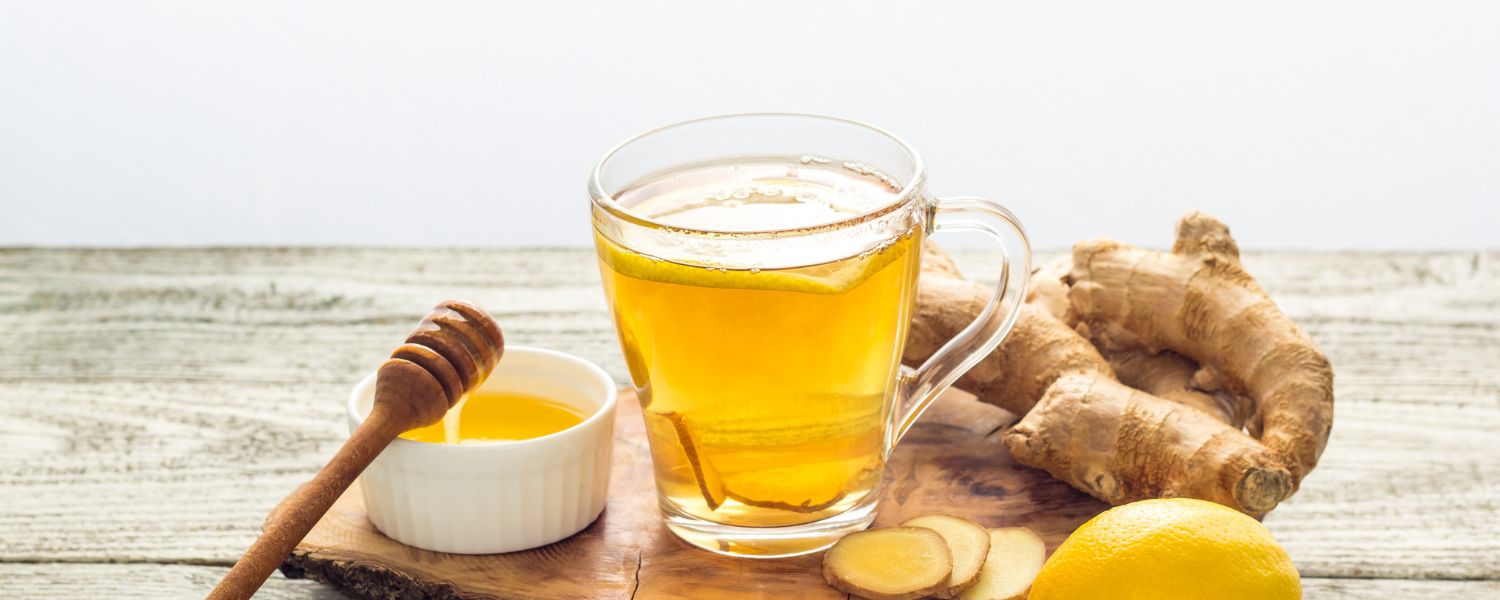Spring. Ahhhh…
Just saying the word fills us with joy, right?
It’s no wonder – spring is a magical time when nature blooms, blossoms, and rejuvenates all around us. J
ust looking at those trees slowly becoming greener day by day makes you wanna get out and liberate yourself from all those problems that are dragging you down over the week!
As we are inseparable from nature, we too feel the changes within.
A fresh surge of energy courses through us as our bodies naturally begin to regenerate and rid themselves of accumulated fat and toxins.
Lethargy and melancholy fade away in the face of sunny days, replaced by a renewed sense of optimism and vitality that rejuvenates our mental and spiritual strength.
Downside of Spring

But is it really like that?
While most people experience a mood lift with the arrival of spring, those with spring depression may feel the opposite.
During spring, our bodies adjust to the humid weather, stronger sunlight, rising temperatures, changes in air pressure, and increased pollen in the air.
How these changes affect us depends solely on our health. Some may feel better, and some, on the other hand, may not feel the happiest.
Thankfully, there’s ayurveda!
Ayurveda teaches us that optimal health is inseparable from living in harmony with the biological rhythms of nature.
Therefore, this ancient science places great importance on seasonal changes.
It teaches us that the transition between seasons is a very sensitive period for our health, so we must be especially careful as our bodies adapt to the changing climate.
Each season has its characteristics, with specific biological energies predominating through each cycle – earth, air, water, fire, and ether.
Combining these five elements creates three fundamental bio-physiological energies – Vata, Pitta, and Kapha.
Vata, Pitta, and Kapha energies manifest in nature through seasonal cycles, daily rhythms, and in human physiology, making each of us unique.
Signs of spring depression

If your health gets compromised due to sudden changes spring comes with, you might experience some of the following symptoms:
- Spring fatigue
- Depression
- Lethargy
- Lack of concentration
- Dry, cracked skin
- Accumulation of fat
- Bad digestion
- Weakened immunity
- Colds
- Allergies.
According to Ayurvedic medicine, spring belongs to the Kapha dosha, and the mentioned symptoms are caused by an imbalance of this dosha.
Here’s how we can harness the spring season to rejuvenate our bodies with tips from ancient Ayurveda.
Eat Lightly

Since spring has Kapha qualities – oily, cold, and heavy – Ayurveda recommends avoiding foods with these characteristics.
Avoid sweets, fried, oily, sour, and salty foods. The spring season diet should be light, warm, and nourishing.
Nature itself is giving you hints about what you should eat! Check out your organic fruits and vegetables markets, look at what’s fresh, seasonal, and you should be all set!
Foods that cleanse the blood and the body are excellent support for the body to regenerate and cleanse from the remnants of winter.
Include cooked leafy greens and fresh organic vegetables in your meals, as they are packed with essential vitamins and minerals to help you get through spring depression with ease!
Don’t forget about whole grains, as they are excellent sources of fiber and nutrients.
Try dishes with light grains like amaranth, millet, tapioca, and quinoa, which also pacify Kapha in the body.
Spices and Ayurveda go together like peas and carrots!
During spring, medicinal spices such as turmeric, cumin, fennel, and coriander are recommended, as they stimulate digestion and cleanse the skin.
PRO Tip!
Wait at least three hours between each meal. If you dine late, also wait three hours before going to bed. With this simple habit, you will maintain your slim figure.
Drink Hot Ginger Water

Ginger water is extremely important in detoxification programs in Ayurvedic clinics.
By drinking hot, boiled water, you help your body in the cleansing and elimination of toxins.
However, if you add slices of fresh, peeled ginger to one liter of boiling water and pour it all into a thermos, sipping it hot, in small sips throughout the day, your body will be very grateful.
Yeah, I know… The peppery taste isn’t for everybody, but add some lemon to mask it, and you should be good.
This kind of water is regularly used in Ayurvedic clinics for cleansing and dissolving fat cells in the body, as well as for strengthening immunity and digestion.
Take Walks

We all know exercise is good for you.
Medicine says so, alternative healing says so, food producers say so. It is good. End.
However, sometimes we simply don’t have the time or are too tired to work out.
In that case, the simple and most natural exercise recommended by Ayurvedic medicine regularly helps – walking!
Walking engages all the muscles in your body, and brisk walking can speed up metabolism, improve the detoxification process, and enhance circulation to the skin.
Fresh air, a little sunshine, and the greenery of nature will refresh your complexion, clear your mind, and uplift your mood.
Bonus point if you find a place with some birds. Birds singing, sunny day, beautiful weather… what more could you ask for :)
Nourish Your Skin from Within

The skin is the mirror of your inner state, so spring is the ideal time to focus on deep cleansing your skin to promote the growth of healthy cells.
Choose foods that are good for your skin – leafy green vegetables rich in antioxidants and fruits such as pears and apples.
Easily digestible proteins that nourish the skin include tofu, paneer (homemade cottage cheese), milk, almonds, walnuts, and sunflower seeds.
Prioritize foods rich in zinc such as quinoa, and yellow-colored carotenoids like carrots, melons, apricots, and oranges.
If you’re not vegetable/fruits type of person, the least you could do for your skin is using skin-friendly spices such as:
- Turmeric, which nourishes and rejuvenates the skin
- Cumin, which rids the body of toxins
- Vlack pepper for cleansing the body’s channels
- Fennel, which maintains skin health and freshness.
Turmeric nurtures different layers of the skin, while oats soften, hydrate, and rejuvenate.
The scrub helps in deep cleansing and removing toxins that exit through the skin from the body.
Also, turmeric gives a beautiful golden glow to your skin, so less money on cosmetics if you ask me!
Practice Self-Massage with Warm Oil

Massage with warm oil is a must-treatment in Ayurveda.
Heat sesame or sunflower oil and massage your entire body, starting from the head.
Massage your scalp and face, then continue to your neck and body. Use circular movements around the joints and long strokes along the arms and legs.
The warm oil will penetrate into the deeper layers of the skin, nourishing it, while simultaneously promoting detoxification.
After a 15-minute massage, immerse yourself in a warm bath that you can enrich with aromatic oils, medicinal herbs, and oat or cow’s milk.
The bath will draw impurities from the body tissues, and you will feel completely rejuvenated after this treatment.
Just don’t fall asleep. We don’t want that :)
